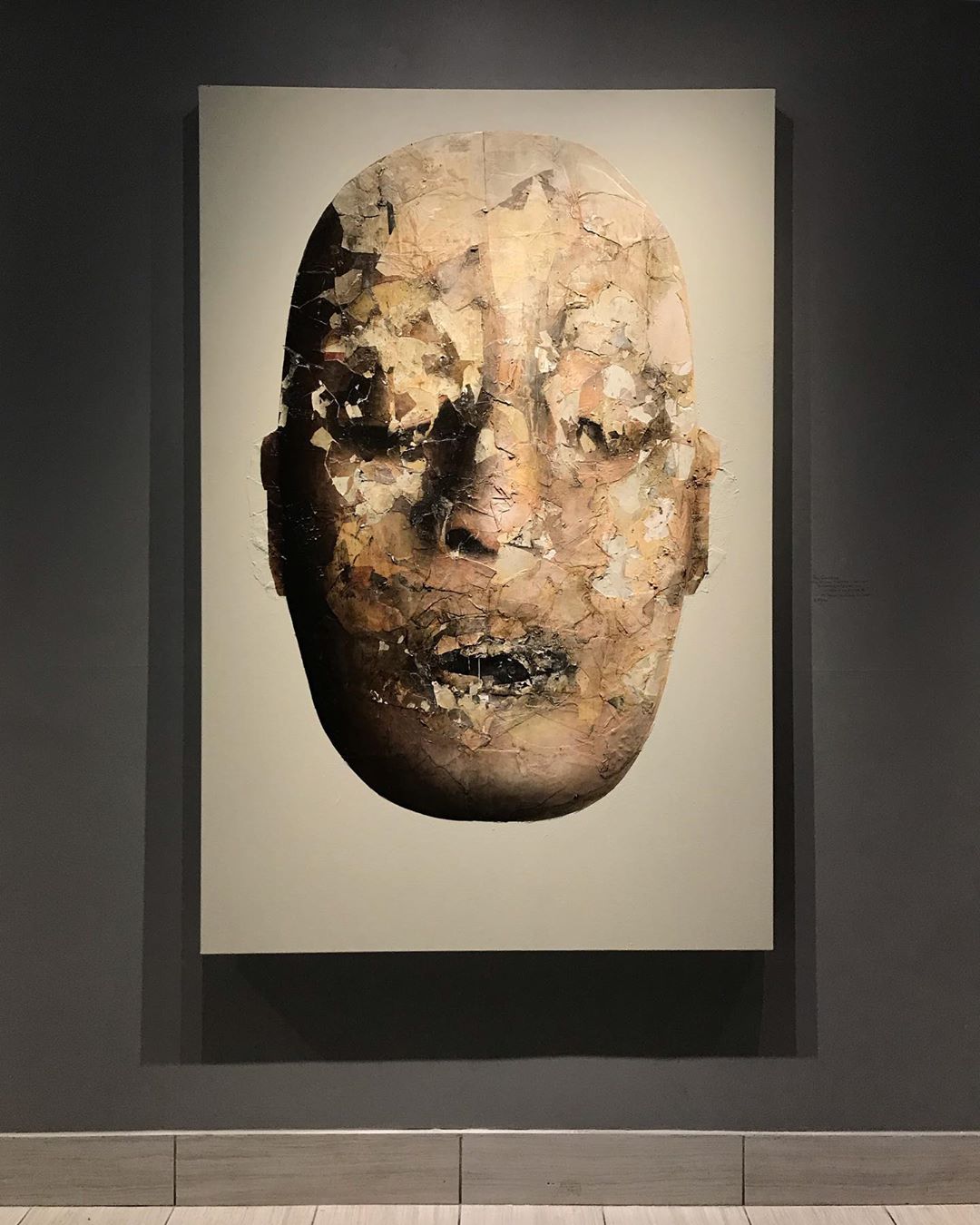
Drawing and performance art are rarely seen as complementary media, but Ethan Murrow’s large-scale graphite drawings begin as performance collaborations with his wife, Vita Weinstein Murrow. The two began working together in 2004 and the source imagery they gather for their videos often inspires Murrow’s detail-oriented works on paper. His drawings come with the heavy feeling of the aftermath of disaster.
Riffing on Romantic era landscape painting, the pieces show expansive vistas and moody, overcast skies. In one piece, characters carry away a painting with the foreboding image of an explosive car crash. But there is humor, too. In other pieces, a chimpanzee is the sole navigator of a boat out to sea; anachronistic cowboys stand stunned at the site of an outdoor rodeo-turned-art show. Rather than scaring us into the thought that disaster may strike at any moment, Murrow’s drawings observe the chaos and unpredictability that is life.













 The tropical worlds of
The tropical worlds of  New York illustrator
New York illustrator  South Korean artist
South Korean artist  Combining oils, charcoal, and paper mounted on panel, Paul Cristina crafts riveting and disconcerting figurative portraits. Though he uses drawing as his foundational practice, the process of creating these works is one of both deconstruction and reconstruction. The above work is currently featured in a group show at Booth Gallery.
Combining oils, charcoal, and paper mounted on panel, Paul Cristina crafts riveting and disconcerting figurative portraits. Though he uses drawing as his foundational practice, the process of creating these works is one of both deconstruction and reconstruction. The above work is currently featured in a group show at Booth Gallery.